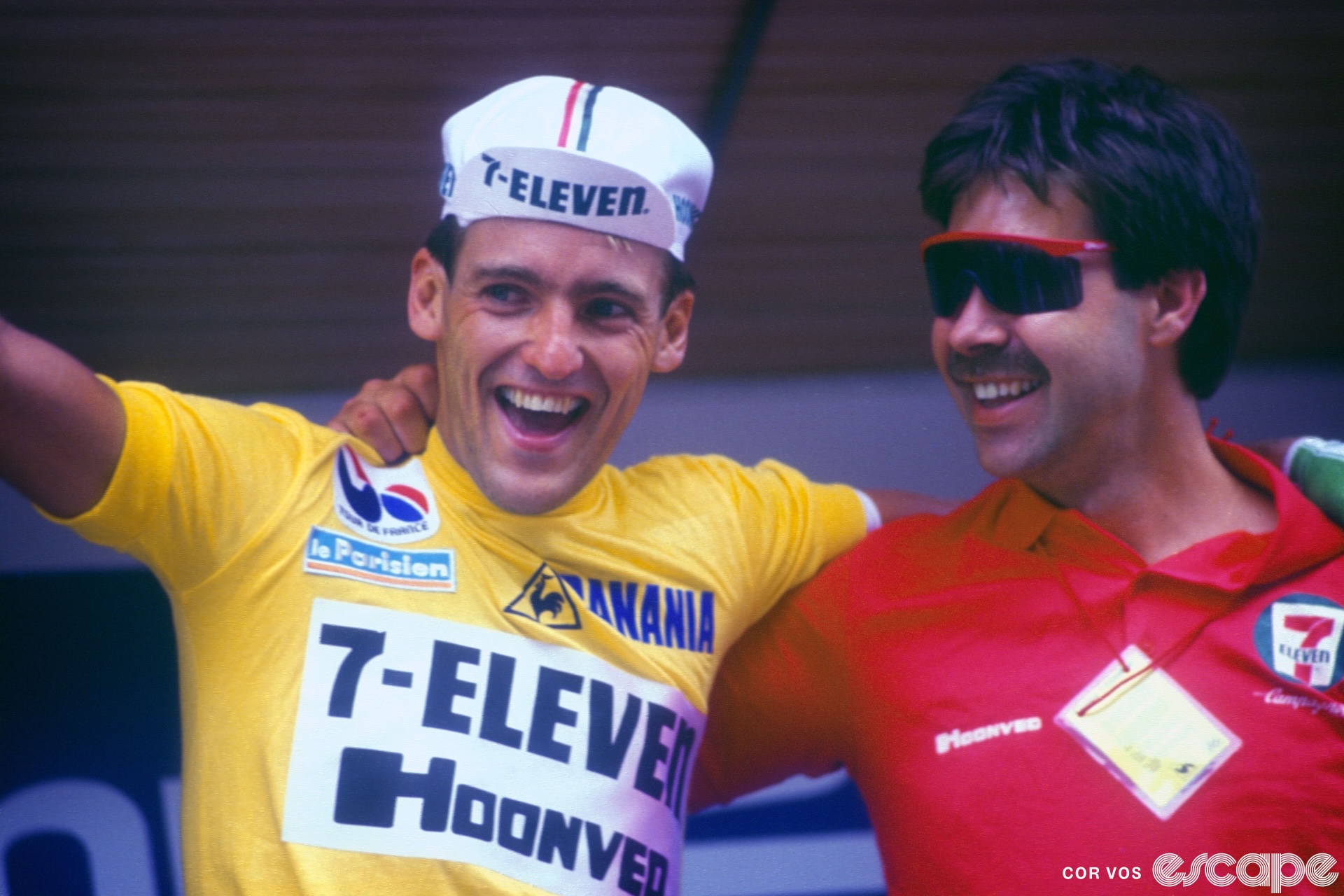Did we do a good job with this story?


The first North American to wear the Tour de France's yellow jersey, he also led practically every jersey classification in the race at once, only to lose almost all of them the same day.